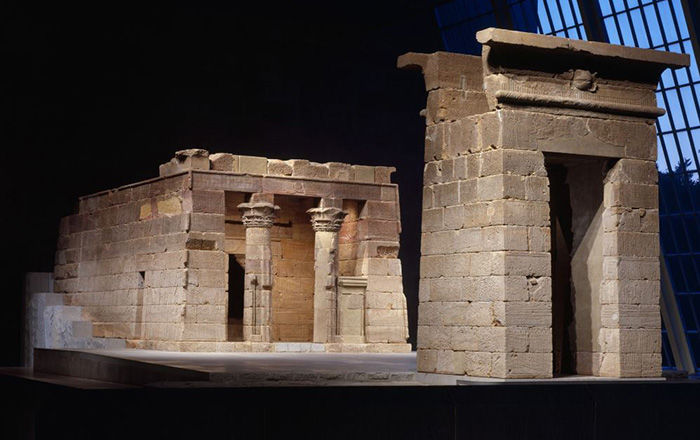Rings and necklace
Middle Kingdom
The tomb of Wah was discovered in March 1920 by the Museum's Egyptian Expedition. The undecorated corridor contained a coffin and some food offerings. Inside the coffin were a well preserved mummy, linen sheets, a group of staffs, and a number of funerary items such as a mirror, sandals, a headrest, and a small statue. The entire tomb group was awarded to the Museum in the division of finds.
Wah's jewelry was revealed when his mummy was x-rayed in 1939. To no one's surprise, the x-rays showed that Wah's body had been adorned with typical funerary jewelry of the early Middle Kingdom: a broad collar, bracelets, and anklets made of the blue ceramic material called Egyptian faience (40.3.2-.10), and a carnelian
This image cannot be enlarged, viewed at full screen, or downloaded.

